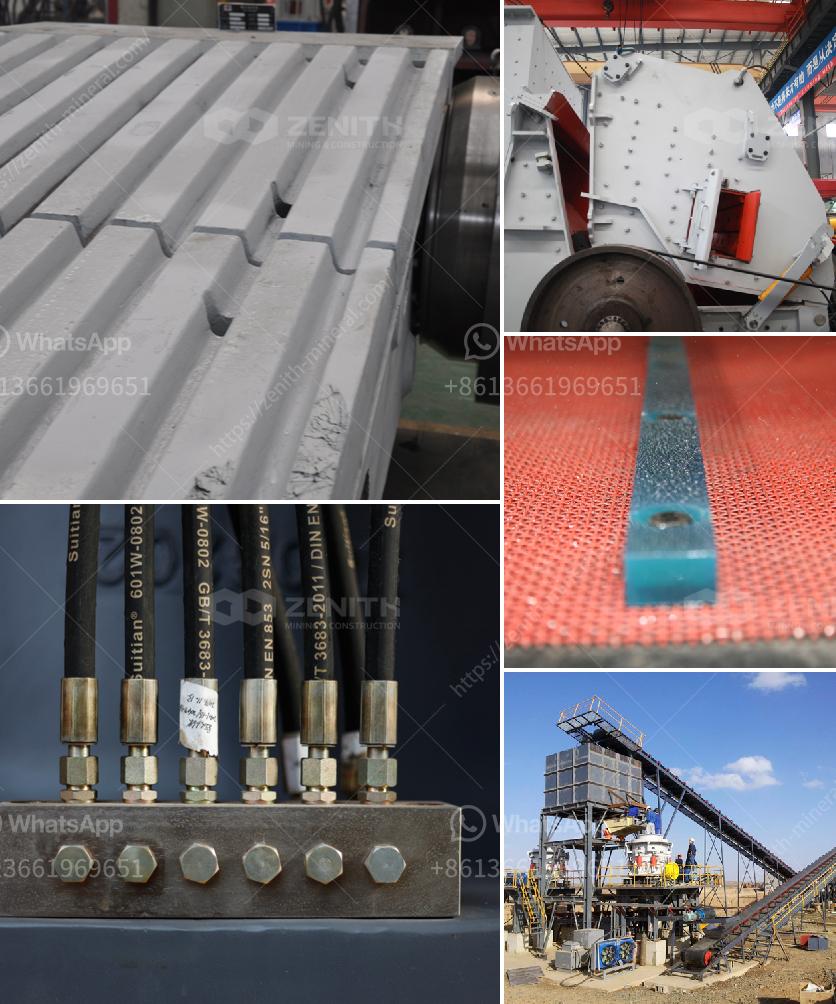Eliminating titanium, sulfur, and silica from iron sand involves several processes:
-
Magnetic Separation:
- Use magnetic separators to remove magnetic materials like iron.
- Non-magnetic impurities such as titanium and silica can be separated out during this process.
-
Gravity Separation:
- Utilize gravity separation techniques like spirals and shaking tables to separate denser iron particles from less dense impurities.
-
Flotation:
- Apply flotation processes to selectively float and remove sulfide minerals, which can include sulfur-containing compounds.
- Froth flotation can also be used to reduce silica content.
-
Hydrometallurgical Processes:
- Leaching can be used to dissolve and remove titanium. Strong acids like sulfuric acid or hydrochloric acid are typically used.
- Silica can sometimes be reduced through chemical leaching.
-
Smelting and Refining:
- In the case of titanium, high-temperature smelting can sometimes separate titanium dioxide from iron.
- Introduce fluxes (like limestone) during smelting to combine with silica and form slag, which can be separated from the molten iron.
-
Chemical Methods:
- Employ chemical reagents to react with specific impurities. For example, desulfurization agents can be introduced to react with sulfur, forming compounds that can be removed.
- The use of reducing agents can help to transform and separate titanium oxides.
-
Thermal Treatment:
- Heat treatments such as roasting can sometimes convert the impurities into forms that are easier to separate.
The specific method or combination of methods will depend on the composition of your iron sand and the desired purity of the end product. Laboratory testing is often necessary to determine the most effective approach for your particular material.

